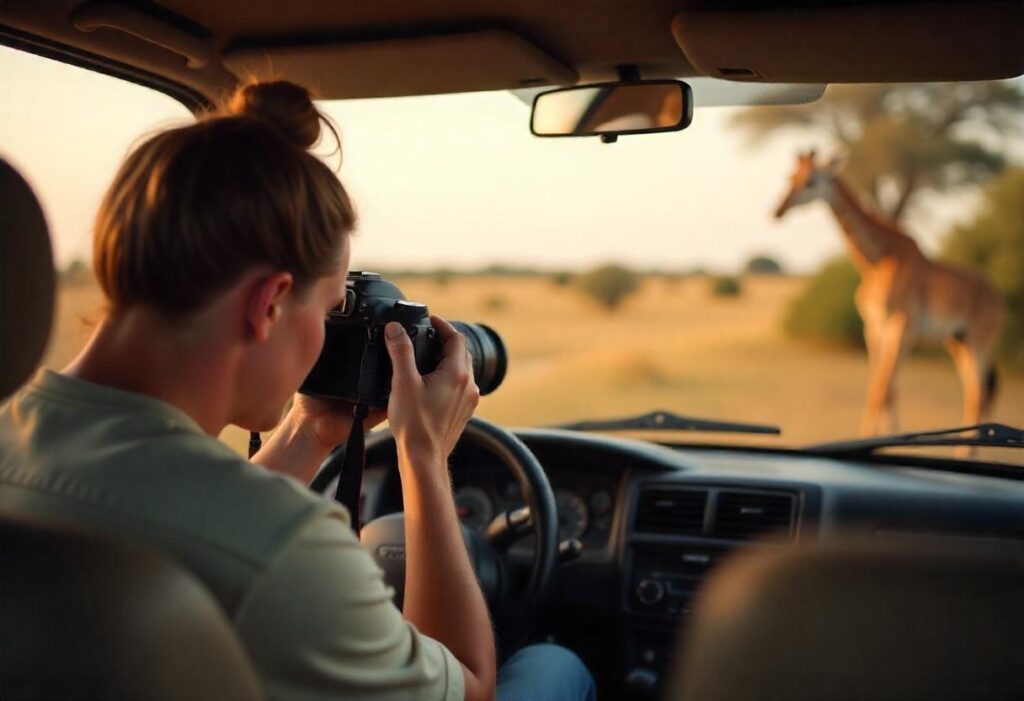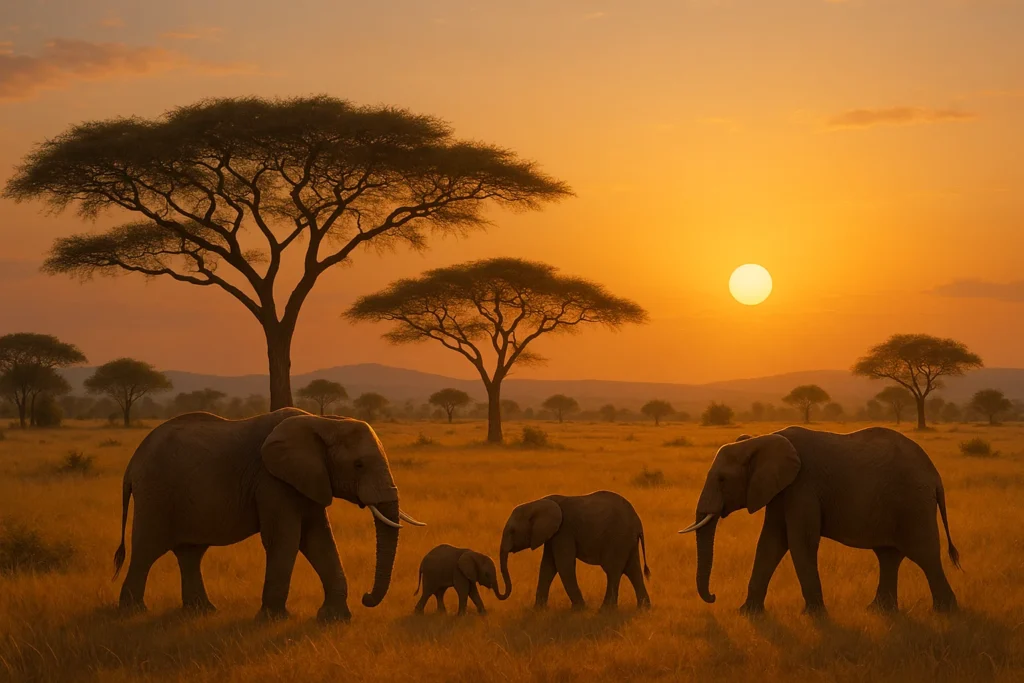Taking your first safari is thrilling — and capturing it on camera makes the memories last forever. But photographing wildlife in Africa comes with unique challenges that even experienced photographers underestimate. From shaky zooms to missed moments, small oversights can ruin once-in-a-lifetime shots. In this beginner’s guide, we’ll help you avoid the most common mistakes and give you quick wins to boost your confidence behind the lens. Whether you’re packing a DSLR or your trusty phone, these safari photography tips are tailored for first-timers looking to get meaningful, beautiful images without the stress.
Common mistakes first-time safari photographers make
Relying on the wrong gear
One of the biggest beginner mistakes is bringing the wrong equipment — or too much of it. A heavy lens without image stabilization, a brand-new camera you’re still figuring out, or a kit with no dust protection can all sabotage your shots.
Easy win: Rent or borrow a mid-range zoom lens (like 100–400mm), and practice with your gear before your trip. Know how to adjust ISO, aperture, and shutter speed quickly.
Overzooming and cutting off context
It’s tempting to zoom all the way in on a lion’s face — but tight framing often loses the story. A group of elephants against the savanna backdrop says more than a close-up trunk.
Easy win: Step back. Include landscapes, herds, or vehicle silhouettes to give your photos a sense of place and scale.
Ignoring light and time of day
Midday sun in Africa is harsh and flat. Yet many beginners shoot everything during bright hours, missing the golden glow of early morning or late afternoon.
Easy win: Prioritize golden hour game drives for photography. If your itinerary allows, request sunrise and sunset drives — that’s when light and animal activity are at their best.
Forgetting the power of patience
Wildlife doesn’t pose. New photographers often rush to take hundreds of shots quickly and miss the best behavior: yawns, cubs playing, or birds taking flight.
Easy win: Observe first, then shoot. Set your camera, frame your shot, and wait for magic.
Must-have shots for your first safari
Iconic animal portraits
Lions, elephants, leopards — your safari bucket list likely includes the Big Five. Aim for clean backgrounds, focused eyes, and sharp detail.
Action moments
Giraffes running, zebras kicking up dust, or a crocodile lunging into water. These require fast shutter speeds and anticipation.
People and context
Don’t forget to photograph the vehicle, your guide, campfires, and morning coffee with a view. These storytelling elements make your safari album feel complete.
Essential prep before your trip
Learn the basics of wildlife photography
Before departure, read about wildlife behavior and photography techniques. Know what to expect from animal movement, and understand ethical distance.
Practice with moving subjects
Try photographing birds in your local park or pets in motion. Practicing tracking focus and timing will help enormously.
Pack smart
Bring plenty of memory cards, a lightweight tripod or bean bag for stability, and a protective bag to shield your gear from dust. Chargers, lens cloths, and rain covers are also essential.
Bonus: Mobile photography tips
If you’re relying on your smartphone, use grid lines to improve composition, clean your lens often, and shoot in burst mode during action scenes. You can still get great shots — especially with newer phones and some editing.
FAQs
Not necessarily. While DSLRs and mirrorless cameras offer more control, modern smartphones can capture stunning images — especially with some practice and editing.
Early morning and late afternoon (golden hour) provide the best lighting and most animal activity.
A lightweight tripod or bean bag can help with stability, but heavy gear is often impractical. Some safari vehicles have camera mounts available.
Ideally, one versatile zoom lens (100–400mm) and a wide-angle lens. Too many lenses can be bulky and hard to switch quickly.
No. Flash can disturb animals and is often prohibited on game drives. Instead, raise ISO in low light conditions.






